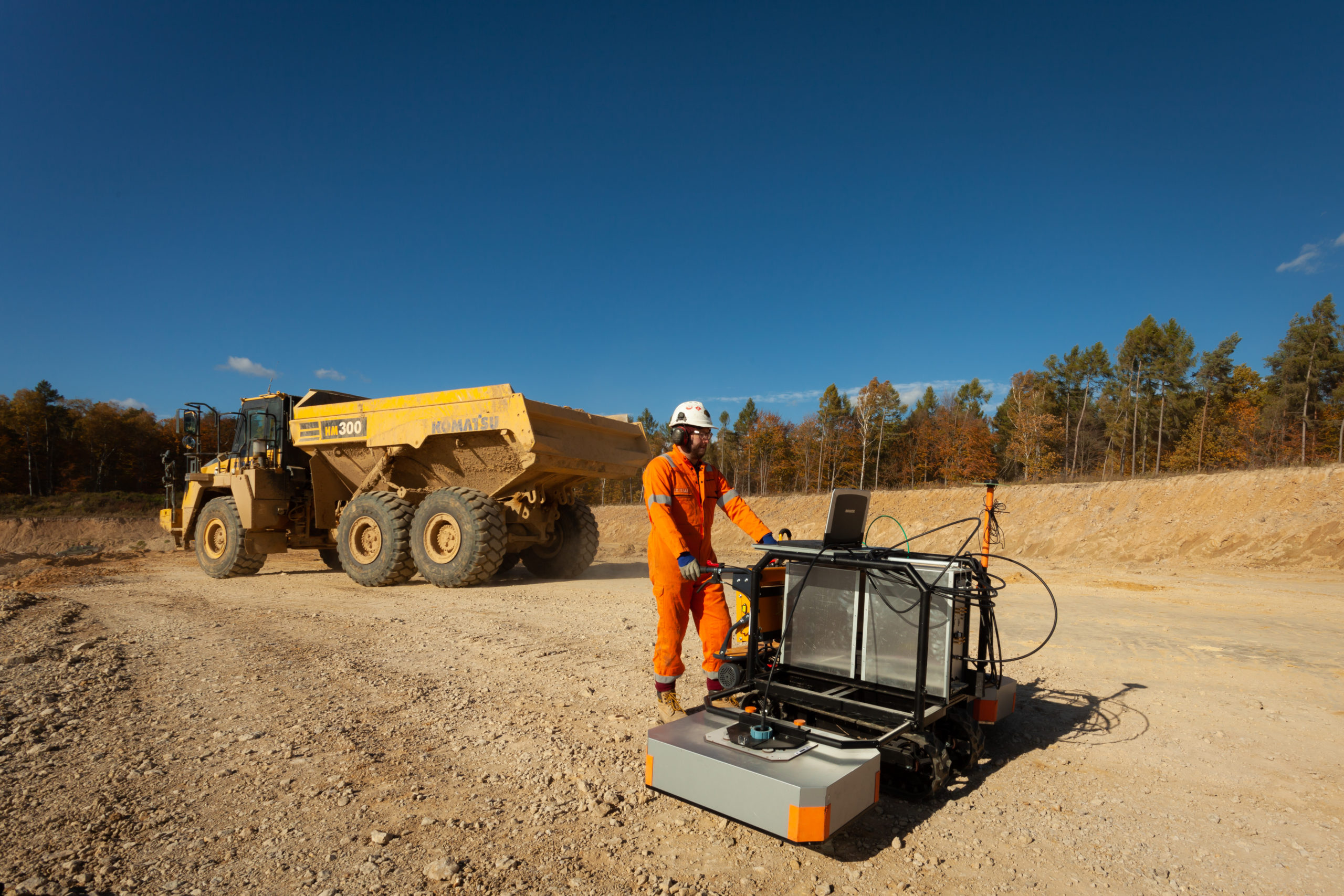What is better than tariffs? Faster permitting

Effective October 1, 2024, the federal government began implementing a 100% surtax (tariff) on all Chinese-made EVs, accusing China of subsidising its EV industry, giving its car makers an unfair advantage. This includes electric and certain hybrid passenger automobiles, trucks, buses, and delivery vans. Canada also plans to impose a 25% duty on Chinese steel and aluminium.
China called the move “trade protectionism,” accusing Canada of violating the “World Trade Organization rules.” The Asian country is the world’s largest manufacturer of EVs, and its car makers have quickly gained a significant share of the global market.
I am sorry to rain on the federal government’s parade, but tariffs do not help make goods more affordable, and consequently they do not help consumers. Affordability is the main concern for Canadian consumers.
According to Clean Energy Canada, this decision could lead to fewer affordable electric vehicles for Canadians, reduced competition, and increased climate pollution.
Clean Energy Canada also suggests that “Strong EV demand depends on building and offering EVs that Canadians want — and can afford. If Canadian EV sales drop because of the new measures, this might be used as a justification for cancelling, delaying, or downgrading EV ambitions and, ironically, further delaying the domestic production they are meant to protect. The federal government must complement its trade measures with an EV affordability package, including extending the iZEV program until 2028, lowering the price cap on rebates to $50,000 to compel automakers to drop their EV prices below the cap and introducing rebates for used EVs.”
What is better than tariffs? A faster, more robust permitting process to help timely produce the critical minerals necessary for the domestic manufacturing of EVs. Canada has struck deals worth billions of dollars with major European car makers, as it tries to become a key part of the global EV industry. Where will the critical minerals needed for these EVs come from? The answer is China. Because of the persisting permitting issues, Canada could see its reputation diminished in the eyes of mining investors, to the detriment of Canada’s miners, and the country’s economy.





Comments